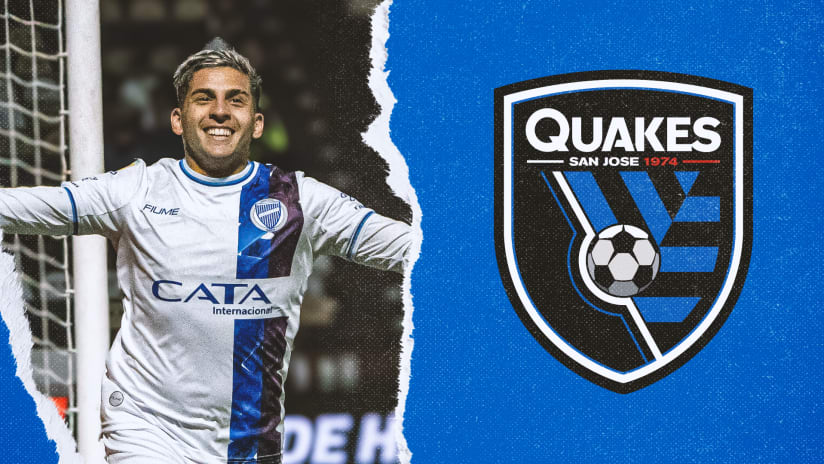Mike Dubrick understood just how interested Toronto FC was in working with supporter groups at the first meeting between his fledgling club and team officials.
"We first got in touch with them, we had maybe 10-15 guys interesting in starting something," said Dubrick, president of the largest supporter group, the Red Patch Boys.
"We asked if they would send somebody to our meeting. We showed up to find five of their people there."
That anecdote explains how a team that had never played a game, playing in a league with zero local profile, has managed a twin-pronged sports marketing miracle.
Not only has TFC sold 14,000 season tickets and delivered sell-out crowds at the 20,000 seat BMO field, they have moved dramatically against the model employed by Maple Leaf Sports and Entertainment three other teams, the Maple Leafs, Raptors and Marlies.
Those teams rely, in varying measure, on game programming, a tightly scripted blizzard of cues, sound effects, videos, calls for clapping and promotions. The only three elements on a Toronto FC script are kickoff, halftime, and the final whistle. Everything heard in between comes courtesy of the fans.
"That's what we prefer," said Ryan Keay, a member of usector, a supporters group that took its name from a section of the old Varsity Stadium. "When you're told when to cheer it doesn't feel as real. Those games are a show. This is something you are part of."
TFC allows the groups to store their banners and signs on the BMO grounds and team officials meet regularly with members of supporter groups. The result of that connection isn't just rollicking co-ordinated entertainment; supporters sign a song for Danny Dichio in the game's 24th minute because that's when Dichio scored the first-ever franchise goal. There is, to adapt a popular description, a sense of a TFC nation that spreads, via the internet, outside Toronto.
Among the 1,000 registered Red Patch Boys are two from Kentucky and one from Ohio. When TFC journeyed to play in Columbus, two busloads of fans jammed a bus from Toronto for a round-trip soccer blitz.
"The internet is absolutely fundamental to what we do," said Dubrick. "Without the internet, it takes years to get where we are. There isn't the constant communications about flags and banners. The songs that were posted on line in July would take years to be spread around."
James Oliphant runs GOTORONTOFC.COM.
"The whole idea of a supporters club is so new, there was a real need for a meeting place for people to organize and share ideas," he said.
Hence GOTORONTOFC.COM where announcements to events like road trips or tailgate parties are posted.
The supporters, in the tradition of English football clubs, have been given a 90-minute game to fill. That requires coordination, especially since supporters aren't just in the stronghold of section 112, but scattered about the stadium.
"The whole idea is to make the place more intimidating," Oliphant said. "Many of us have grown up watching the English leagues and that is what we are trying to recreate here."
Duane DaSilva runs a marketing company. He too was heavily influenced by the English tradition, but he saw a chance to push along a different kind of model in Toronto.
The founder of Tribal Rhythm Nation, DaSilva has incorporated the South American tradition of drumming into the BMO Field vibe from Section 118 in the stadium's South End.
"There are three main influences, African, Caribbean and Latin and we wanted to reflect Toronto's multicultural flavor.
Rhythm nation has a dozen drummers out per game and have a full-time music director.
"We're the babies on the block," he said, "but we want to show our love of soccer, our love of music and our pride in all the nationalities and communities who call Toronto home."











